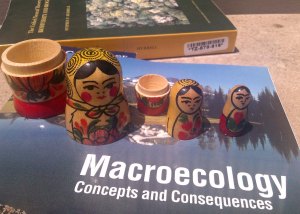The most recent Living Planet Report was released last year, which showed that vertebrate populations around the world have declined by 68% on average. At the time, Brian McGill wrote a post at Dynamic Ecology expressing his scepticism over these large declines. His doubts stemmed from several related papers, which all showed that vertebrate populations tended to be quite stable on average. While some populations have declined, most have remained stable and others have actually increased.
My understanding of Brian’s message (and the messages of the published papers supporting him) was that while humans do affect vertebrate populations, these effects are not consistently negative. Instead, some species benefit from human actions, so human’s ultimate legacy will be rearranging relative population structure, rather than causing wholesale declines.
While I agree with this interpretation, I worry that it is causing unwarranted mistrust of the Living Planet Index. I was reminded of this last week by a passing comment by Mark Vellend:
“If biodiversity seems intractable, then just think about recent discussions of the Living Planet Index, which is based on pretty simple underlying data.”
His remark was in the context of his post suggesting that ecologists have subconscious biases that cause us to exaggerate how much humans harm biodiversity. Ecologists probably do have subconscious biases, but the Living Planet index shouldn’t be used as evidence of this.
I don’t believe the Living Planet Index exaggerates population declines. However, I also recognise that populations are stable on average. This probably seems contradictory, so I’ll use the rest of this post to explain why it isn’t.
Continue reading
